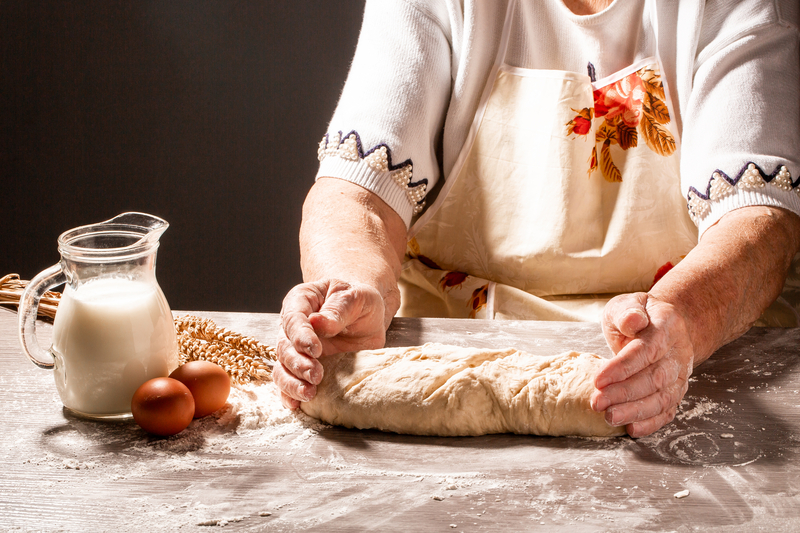 Bread is a staple food in many cultures and has been a part of human diets for thousands of years.
Bread is a staple food in many cultures and has been a part of human diets for thousands of years.
The process of making bread involves mixing flour with various other ingredients, including water, yeast, salt, sugar, and sometimes milk.
While water is the most common liquid used in bread dough, milk can also be added for various reasons.
In this article, we will explore why you might add milk to bread dough and what benefits it can bring.
Improved Flavor and Texture
Incorporating milk into your bread dough recipe can do wonders for the overall taste and texture of your final product.
Milk boasts a rich combination of fats and sugars, which can lend your bread a luxurious, creamy mouthfeel and a tender, delicate texture that’s hard to resist.
Additionally, the lactose found in milk imparts a subtle sweetness to your bread that can add an extra layer of deliciousness to sweet bread recipes like brioche or cinnamon rolls.
With milk as an ingredient, your bread will not only be more flavorful, but also more satisfying to eat.
Increased Nutritional Value
 Incorporating milk into your bread dough can also add a nutritional boost to your homemade bread.
Incorporating milk into your bread dough can also add a nutritional boost to your homemade bread.
Milk is a natural source of essential nutrients such as calcium, vitamin D, and protein, all of which are vital for overall health and well-being.
By adding milk to your bread dough, you can increase the nutritional value of your bread, making it a more wholesome and well-rounded part of a balanced diet.
Not only will your bread taste great, but it will also provide your body with important nutrients that can help support strong bones, muscles, and overall health.
Extended Shelf Life
Bread made with milk tends to stay fresher longer than bread made with water alone.
The fats and sugars in milk can help keep the bread moist and prevent it from drying out too quickly.
This can be particularly useful if you plan to bake a large batch of bread or if you want to enjoy your homemade bread over a longer period.
Improved Crust Color and Flavor
 Another benefit of incorporating milk into your bread dough is the effect it can have on the crust of your bread.
Another benefit of incorporating milk into your bread dough is the effect it can have on the crust of your bread.
As your bread bakes, the sugars in the milk will begin to caramelize, resulting in a beautiful, golden-brown color on the outside of the loaf.
Not only does this make your bread look more appetizing and appealing, but it also adds a subtle sweetness to the crust that can be truly irresistible.
The end result is a crust that is crispy, flavorful, and simply delightful to bite into.
Whether you are making a classic French baguette or a sweet cinnamon raisin bread, adding milk to your dough can elevate the crust to a whole new level of deliciousness.
Different Types of Milk for Different Results
Different types of milk can be used in bread dough, depending on what you want to achieve.
Whole milk contains more fat and can create a richer, more tender bread.
Skimmed milk, on the other hand, contains less fat and can result in a lighter, fluffier bread.
Non-dairy milk alternatives like almond or soy milk can also be used for those who are lactose intolerant or following a vegan diet.
Bottom Line – Why Do You Add Milk to Bread Dough?
 Adding milk to bread dough can bring a range of benefits, including improved flavor and texture, increased nutritional value, extended shelf life, and improved crust color and flavor.
Adding milk to bread dough can bring a range of benefits, including improved flavor and texture, increased nutritional value, extended shelf life, and improved crust color and flavor.
Different types of milk can be used to achieve different results, depending on your preferences.
Whether you are an experienced baker or just starting out, experimenting with milk in your bread dough can be a fun and rewarding way to explore new flavors and techniques.


